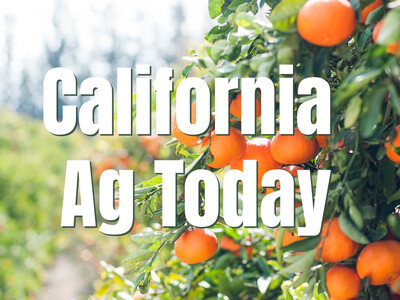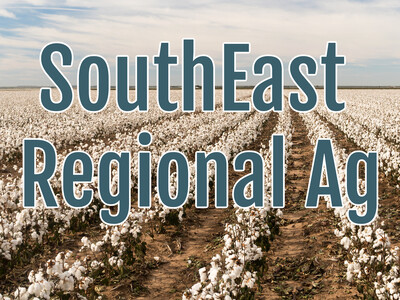The Case for Vertical Farming - Part One

Tim Hammerich
News Reporter
Despite the excitement around vertical farming in many circles, it’s a young industry that still faces a lot of challenges. Even with high costs and a limited number of crops that can be grown in these systems, Unfold’s John Purcell says the industry is competitive on price.
Purcell… “They're getting price points now that are competitive with what I'd call premium product, you know, the organic kind of labels and all that. So that's at 30% roughly kind of margin you have or differentially price you have on there. They're getting to that point, which is good. That's not a bad place to be. I don't think we need to think about this. Is, is this going to replace Salinas valley and then in Arizona, in the winter, it's not, but is it going to be a way to provide a product that's valuable to consumer level? Is it a way to take some of the risks out of supply chain? Absolutely. And so if you kind of take a step back and look at it at a higher level, I kind of look at three markets. The first is where it is focusing now, which are that opportunity to provide hyper-local fresh produce for urban areas. And this is why you're seeing so many vertical farms west coast, east coast, U S Midwest, Midwestern mid-size cities you're seeing these pop up. Certainly in Europe and Asia, the same thing, cities, urban areas that are looking for the fresh experience. That's going to happen.”
While vertical farming won’t be replacing outdoor farming any time soon, Purcell does see opportunities where this method of growing food is valuable.












